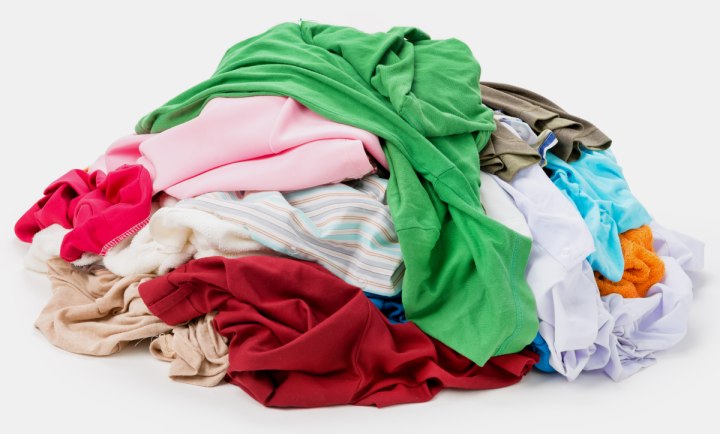Doing Laundry

What Everyone Needs To Know About Doing Laundry
I was lucky enough growing up to be raised by a mother and grandmother who believed that a young man needed to know certain things in order to be self-sufficient. Well, at the time, I didnít feel all that lucky because my education in these matters was imparted by practical experience, meaning that I had to DO all of the things they wanted me to learn. But, decades later, I can appreciate the value of knowing how to take care of myself. I learned to cook, clean, sew, make minor household repairs, and do laundry.
Itís this latter task that I want to talk about here. In the years since my education at the hands of my mother and grandmother, Iíve met scores of young people who havenít the vaguest clue about something as simple as basic laundry care. Doing laundry is a necessary evil at the best of times, and a daunting task at the worst of times. Hopefully, the following information will help make things easier when it comes to facing the task of getting clean clothes.
Step One: Separating the Loads
The first step in doing laundry is to separate the clothes. Almost all of the clothing made today comes with care tags, which should be followed carefully. If the care tag for a garment says that the garment must be dry cleaned or professionally cleaned then that is what must be done. To do otherwise is to risk wasting the money spent to buy what is probably a fairly expensive article of clothing.
Fortunately, most garments can be cared for and cleaned at home. Hand-wash items should be separated from machine washable clothing. The machine-washable clothing should be separated by fabric and color (what follows are basic separation categories and examples of the garments that belong in those categories):
Heavy, durable fabrics:
These garments tend to become the most soiled through their normal use. If your washer offers multiple wash cycles, use the most vigorous cycle to ensure proper soil removal when needed.
Dark and Colorfast Bold colors: These include blue jeans, denim skirts work uniforms, flannels shirts, dark or brightly-colored casual knits, dark and brightly colored sweats and tee shirts and similar clothing.
Light and Pastel colors: These include stone-washed jeans and skirts, khaki pants, casual broadcloth shirts, casual knits, light-colored sweats and tees, and light-colored flannels.
Mid-weight fabrics:
These garments usually receive only moderate amounts of soiling through their normal use. The normal wash cycle is sufficient for most of the garments that need cleansing. In cases of heavy soiling, use a pre-soak cycle. (If your machine doesnít have a pre-soak cycle, simply stop the wash cycle for 15-20 minutes after the tub has filled.)
Dark and Colorfast Bold colors: These include dress pants and skirts, colored and patterned dress shirts and blouses, and dress socks.
Light and Pastel colors: These include light-colored dress knits and separates, light-colored dress socks, pastel and white dress shirts.
Light-weight fabrics:
These generally receive the lightest level of soiling and should be washed using the gentlest of the available wash cycles on your machine.
Next Page